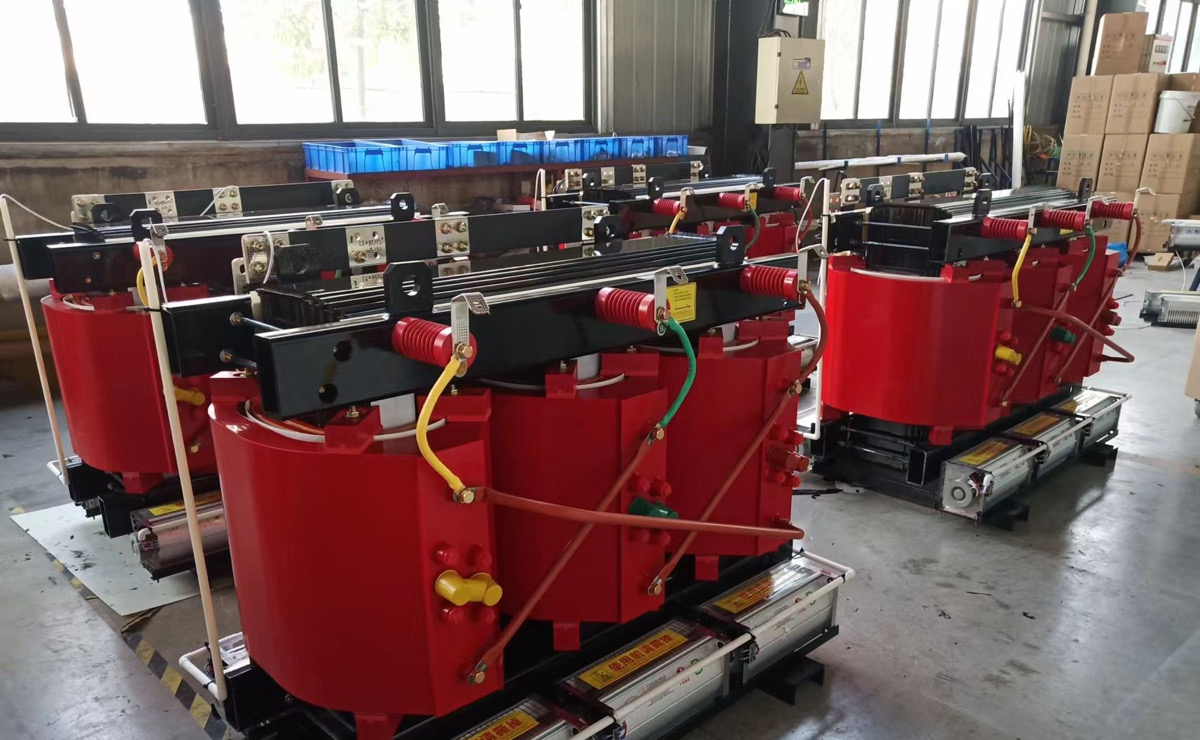How to choose the distribution transformer for your charging station? Should you choose a copper one or an aluminum one?
As the “heart” of a charging station, the dedicated box-type transformer directly determines the operational efficiency, stability and long-term investment return of the entire site.
Faced with the common copper core transformers (copper transformers) and aluminum core transformers (aluminum transformers) in the market, many investors often hesitate: which one to choose?
Don’t worry. Remember these three core dimensions to help you make a wise decision!
1.Energy transmission efficiency: Copper core is superior, saving electricity means saving money.
Core Advantage:
Copper’s inherent conductivity is superior to that of aluminum. This means that when transmitting the same current, copper conductors have less resistance, allowing the current to flow more smoothly and significantly reducing heat loss.
Actual impact:
In the operating costs of a charging station, electricity charges are the major component. Choosing copper transformers can effectively reduce the transformer’s own power loss (no-load loss and load loss). Over time, the saved electricity charges are considerable. Imagine that the current is like the traffic flow on a highway, and the copper core is like a wider and flatter lane. The vehicles (current) naturally pass through more quickly and with less effort (lower energy consumption).
2. Load-bearing capacity: Copper cores are more resistant to pressure and handle peak loads with ease.
Core advantages:
The physical properties of copper determine that it has a higher melting point, better mechanical strength and thermal stability than aluminium.
Actual impact:
Greater margin:
For distribution transformers with the same nominal power, copper core designs typically have a greater capacity to withstand transient or sustained overload (for example, 110% load for a short period), and are less likely to “shut down” due to excessive temperature. This is crucial for scenarios common in charging stations where multiple vehicles charge simultaneously and power demands spike suddenly.
More stable and reliable:
Under high-load and high-temperature conditions, copper transformers perform more stably, have stronger short-circuit resistance, and pose a lower risk of failure. Especially during hot summers or busy holidays, this stability ensures the continuous operation of charging stations. When aluminum transformers operate at full load or overload for a long time, the risk of performance and lifespan degradation is higher.
3. Service Life and Value: Copper Core – The “Long-Distance Runner”, Ensuring Better Asset Preservation
Core advantages:
Copper is less prone to oxidation, has stronger corrosion resistance, and a more stable internal structure.
Actual impact:
Double the lifespan:
The designed service life of high-quality copper core box-type transformers is generally 30 to 40 years, while the typical lifespan of aluminum core transformers is around 15 to 20 years. Choosing copper transformers means that in the coming decades, you won’t need to frequently invest extra costs and efforts in replacing core equipment.
Higher residual value:
Equipment is always subject to replacement. When you consider disposing of or upgrading old transformers, copper transformers, due to the scarcity of their materials and their recycling value, have a much higher residual value than aluminum transformers.
This means that at the end of the equipment’s life cycle, you can still obtain a considerable recycling income, significantly reducing the total cost of ownership (TCO) throughout the entire life cycle.
Smart Choice: Match Your Needs, Invest in the Future
If you operate a high-power fast charging station, serve a fixed fleet (such as buses or logistics), have extremely high requirements for operational continuity and reliability, and have a sufficient budget, then choosing a high-quality copper core box-type transformer is your best choice. It provides a powerful “heart” for your charging station, ensuring efficient, stable and long-term operation, achieving a return on investment, and giving you peace of mind.
Considering aluminum transformers:
If your budget is indeed very tight and you are building a community charging station with relatively low power demand, mainly for short-term transition or slow charging, after fully assessing its performance limitations (efficiency, lifespan, overload capacity), aluminum transformers can be an option to initially reduce investment costs. However, it is essential to recognize that their long-term operating costs and potential replacement costs will be higher.
Conclusion:
Long-term investment, copper cores are the cornerstone for the efficient and stable operation of charging stations.
When choosing the “heart” for your charging station, you should have a long-term perspective. Although copper core box-type transformers may have a slightly higher initial investment than aluminum ones, their outstanding electrical conductivity, strong load capacity, extremely long service life and higher residual value collectively form an irreplaceable full life cycle value advantage. They are not only the core equipment to ensure the efficient, stable and uninterrupted operation of the charging station, but also a solid backing for you to reduce long-term operating costs, increase the return on investment and build a high-quality charging service brand.
Investing in high-quality copper core box-type transformers is to “charge” your confidence and value for the future of your charging station! Contact us immediately to obtain a professional box-type transformer solution tailored to your site and embark on a new chapter of efficient and stable operation!

